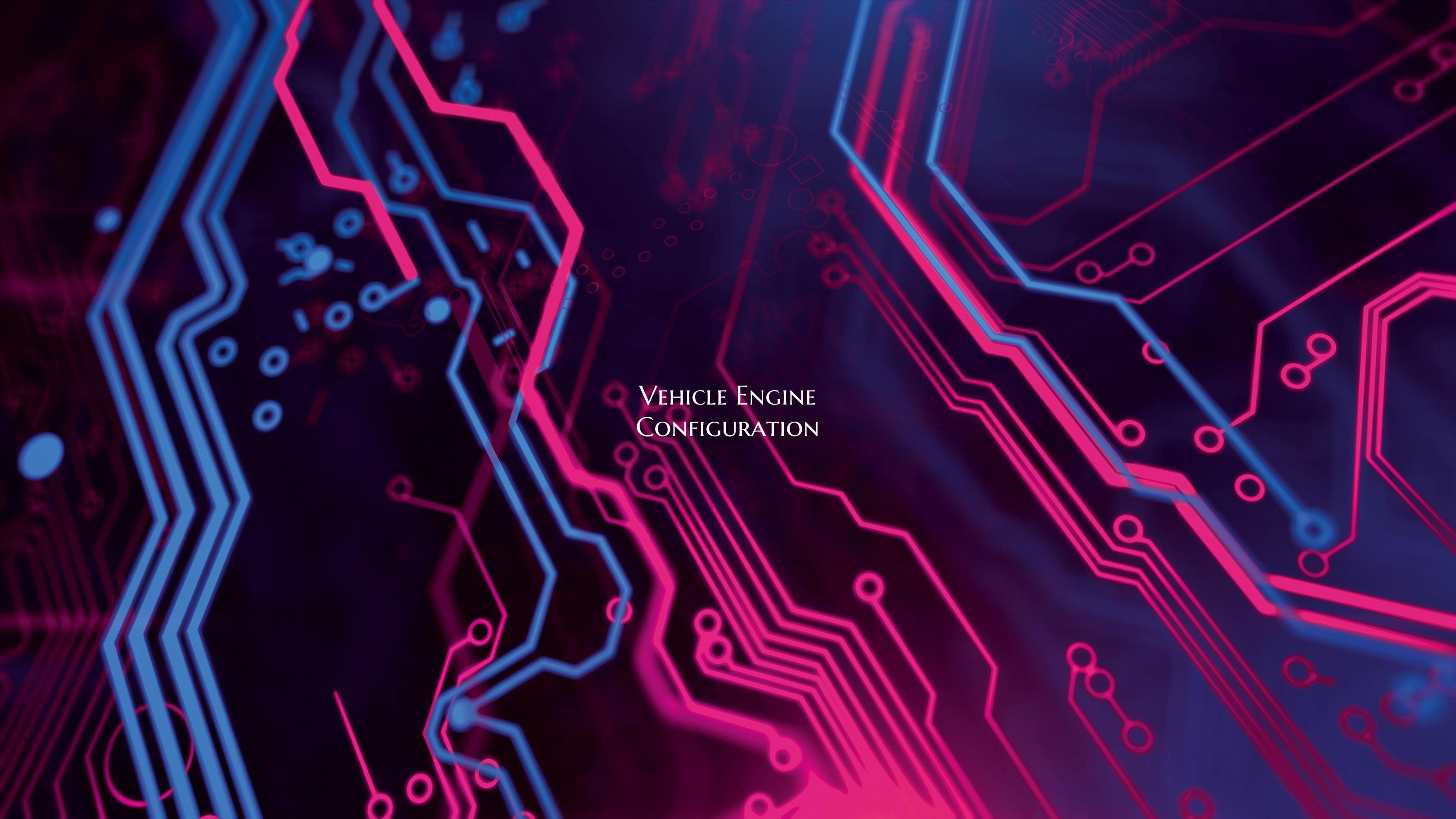Vehicle Engine Configuration
Vehicle engine configuration plays a pivotal role in determining the performance, efficiency, and overall driving experience of an automobile. From the number of cylinders to the layout and displacement, each aspect of the engine configuration is carefully designed to meet specific requirements and deliver optimal results.
One of the key considerations in engine configuration is the number of cylinders. Engines can have varying numbers of cylinders, commonly ranging from 3 to 12 cylinders, with the most common configurations being inline-4, V6, and V8 engines. The number of cylinders directly influences the engine's power output, smoothness, and fuel efficiency. For example, a larger number of cylinders typically results in higher power output but may sacrifice fuel efficiency. On the other hand, engines with fewer cylinders are often more fuel-efficient but may not deliver as much power.
Another crucial aspect of engine configuration is the layout of the cylinders. The most common cylinder layouts include inline, V, and flat engines. Each layout offers unique advantages in terms of performance, packaging, and balance. Inline engines are known for their simplicity and compactness, making them popular in smaller vehicles. V engines, on the other hand, provide a good balance between performance and smoothness, making them ideal for a wide range of applications. Flat engines, commonly found in sports cars and luxury vehicles, offer a lower center of gravity, improving handling and stability.
Engine displacement is another key factor in engine configuration. It refers to the total volume of all the cylinders in an engine and is usually measured in liters or cubic centimeters. Engine displacement directly influences the power output and torque of an engine, with larger displacements generally resulting in higher performance. However, larger engines also tend to consume more fuel, which is an important consideration for fuel efficiency.
Overall, vehicle engine configuration is a complex and multi-faceted aspect of automotive design that requires careful consideration of various factors to achieve the desired performance, efficiency, and driving experience. By understanding the role of cylinders, layout, and displacement in engine design, automakers can create vehicles that meet the diverse needs and preferences of consumers while balancing power, efficiency, and overall driving dynamics.

